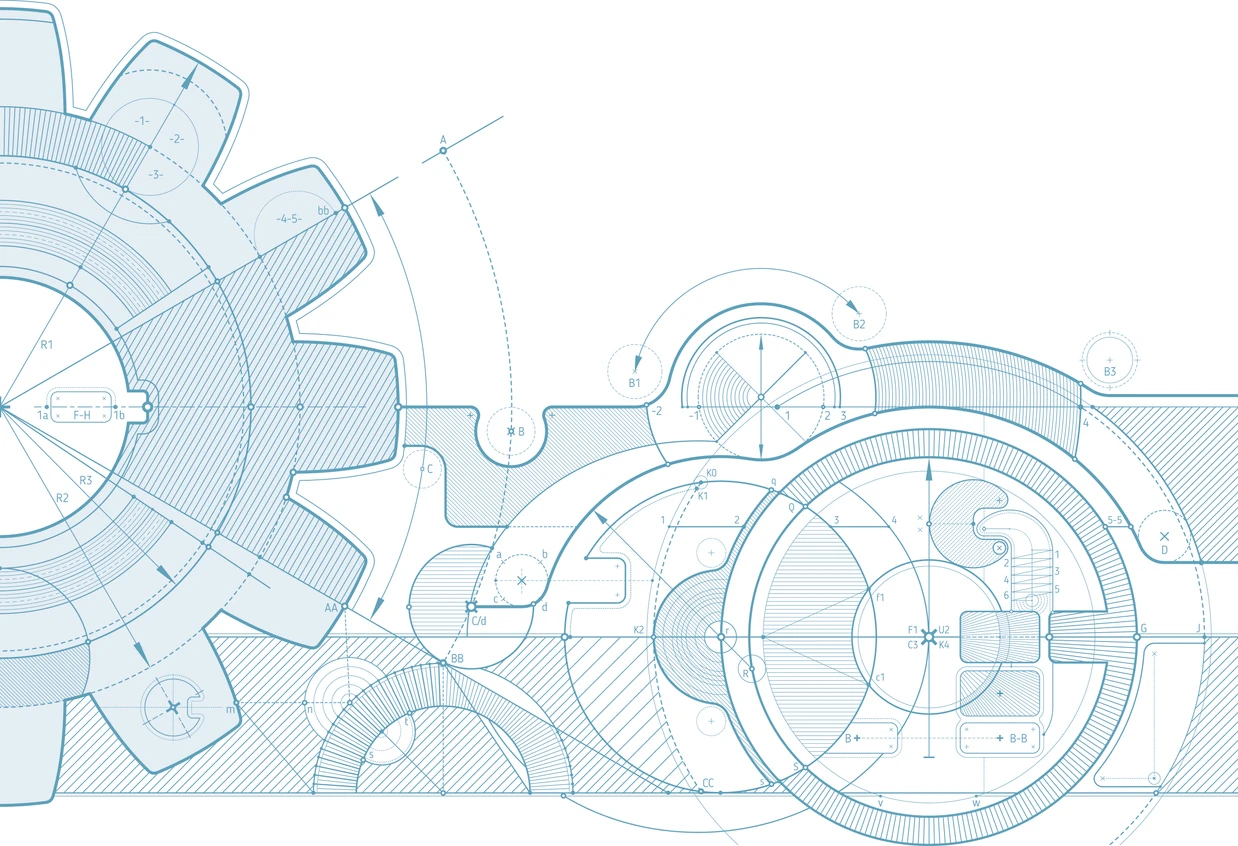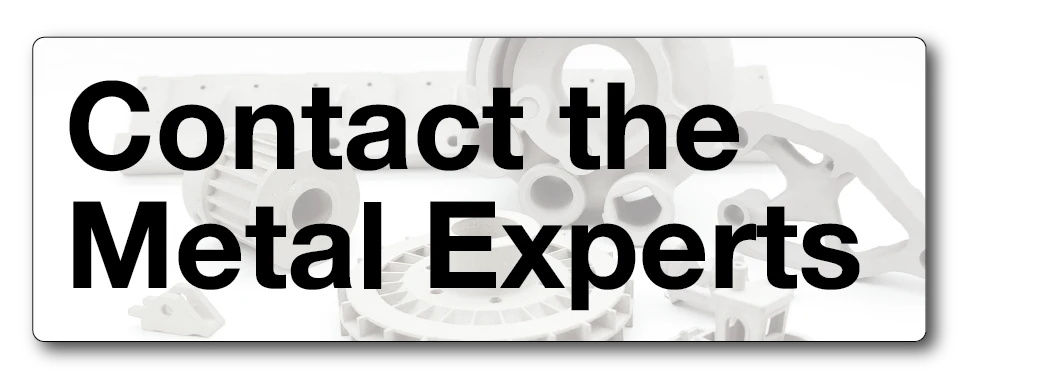
Metal Injection Molding Tooling: An Overview of Design, Prototyping, and Features
Metal injection molding (MIM) is a manufacturing process that combines the flexibility of plastic injection molding with the strength and integrity of metal parts. This innovative technology offers the ability to create complex, high-precision metal components for various industries, including aerospace, automotive, medical, and electronics.
The success of MIM largely depends on the quality and design of the tooling used in the process. In this article, we will discuss what tooling is in metal injection molding, prototype tooling, and tools, considerations when designing a tool, how to design and make a tool, and the basic features of a tool.
What is Tooling in Metal Injection Molding?
Tooling refers to the molds, dies, and other components used to shape and form the metal during injection molding. In MIM, tooling is specifically designed to withstand the high temperatures and pressures required to inject the metal feedstock (a mixture of metal powder and binder) into the mold cavity. The quality of the tooling directly impacts the final product's accuracy, surface finish, and overall performance.
Prototype Tooling and Prototype Tools
Before moving on to mass production, manufacturers often create prototype tools to test and refine the design of the final product. Prototype tooling involves the fabrication of preliminary molds and dies, allowing for the evaluation of design, material, and manufacturing variables.
Using prototype tools, manufacturers can identify potential issues, make necessary design adjustments, and optimize the production process, ultimately saving time and resources.
Considerations When Designing a Tool
When designing a MIM tool, there are several factors to consider to ensure the success of the final product:
- Material Selection
- Part Geometry
- Shrinkage
- Gate & Runner Design
- Surface Finish
1. Material Selection
Choosing the right material for MIM tooling is critical, as the tool material must be able to withstand the high pressures and temperatures involved in the MIM process.
Common materials for MIM tooling include tool steels, such as H13, S7, and A2, and hardened stainless steel alloys. The tool material should also possess excellent wear resistance, as this will prolong the tool’s life and reduce the need for frequent maintenance or replacement.
2. Part Geometry
The complexity of the part design will significantly influence the tooling design. Factors to consider include wall thickness, which should be uniform to prevent defects; undercuts, which may require specialized tooling or side actions; and draft angles, which should be incorporated to ensure easy removal of the part from the mold.
Proper consideration of part geometry will result in a more efficient production process and higher-quality parts.
3. Shrinkage
Shrinkage occurs during the MIM process as the binder is removed and the metal is sintered. Tool designers must account for this shrinkage in their designs to ensure that the final dimensions are accurate. This may require adjusting the dimensions of the mold cavity, as well as factoring in any post-processing steps, such as heat treatment, that may affect part dimensions.
4. Gate & Runner Design
The gate and runner system must be designed to facilitate a uniform feedstock flow throughout the mold cavity. This ensures the part is filled evenly and prevents defects due to non-uniform material distribution.
Proper gate and runner design will also minimize material waste by reducing the material left in the sprue and runners. Additionally, the gate and runner system should allow for efficient cooling, which helps to reduce cycle times and improve productivity.
5. Surface Finish
The surface finish of the MIM tool plays a critical role in determining the quality of the final product. A well-polished tool surface will yield a better surface finish in the molded part, reducing the need for post-processing steps like polishing or grinding.
Tool designers should select appropriate polishing techniques and materials to achieve the desired surface finish. Furthermore, the surface finish can also impact the release of the part from the mold, making it an essential consideration for efficient production.
How to Design and Make MIM Tooling
Designing and making a metal injection molding (MIM) tool is a complex process that requires careful planning and execution. The following steps outline the process from design to production:
- Concept development: Collaborate with engineers, product designers, and manufacturers to develop the concept of the desired part, considering its functionality, materials, and manufacturing feasibility.
- Design preparation: Use computer-aided design (CAD) software to create a 3D model of the part. Ensure the design accounts for critical factors such as part geometry, shrinkage, gate and runner design, and surface finish requirements.
- Tool design: Design the MIM tool based on the part geometry, accounting for draft angles, undercuts, and other features to facilitate part removal from the mold. Also, design the gating and runner systems to ensure uniform flow and efficient cooling.
- Material selection: Choose the appropriate materials for the tool, considering their ability to withstand the high pressures and temperatures involved in the MIM process. Common materials for MIM tooling include tool steels and hardened stainless steel alloys.
- Tool fabrication: Employ advanced manufacturing techniques, such as computer numerical control (CNC) machining, electrical discharge machining (EDM), or additive manufacturing, to create mold and die components with high precision and accuracy.
- Tool assembly: Assemble the mold components, including core and cavity inserts, gates, and runner systems. Ensure that all components fit together precisely to avoid issues during the molding process.
- Tool testing and optimization: Conduct trial runs with the MIM tool, evaluating the functionality and effectiveness of the design. Identify any issues or areas for improvement, and make the necessary adjustments to the tool design.
- Prototype production: Use the optimized tool to produce prototype parts, assessing their quality, accuracy, and performance. This step helps verify that the tool and part designs are suitable for mass production.
- Tool maintenance: Regularly inspect, clean, and maintain the MIM tool to ensure its longevity and consistent performance. This may involve polishing surfaces, repairing damaged components, or replacing worn parts.
- Mass production: With a successfully designed and tested MIM tool, proceed to mass production, creating high-quality, complex metal parts with precision and efficiency.
Forging the Perfect Tool: Key Considerations for MIM Design
Designing MIM tooling is a critical process that requires careful consideration of many factors. From material selection to part geometry and tool complexity, every aspect of the design process impacts the overall quality and success of the final product. By following the best practices and guidelines for MIM tooling design, you can ensure that your tools are efficient, durable, and capable of producing high-quality parts at scale.
Ready to learn more about MIM? Check out our blog for more resources!

